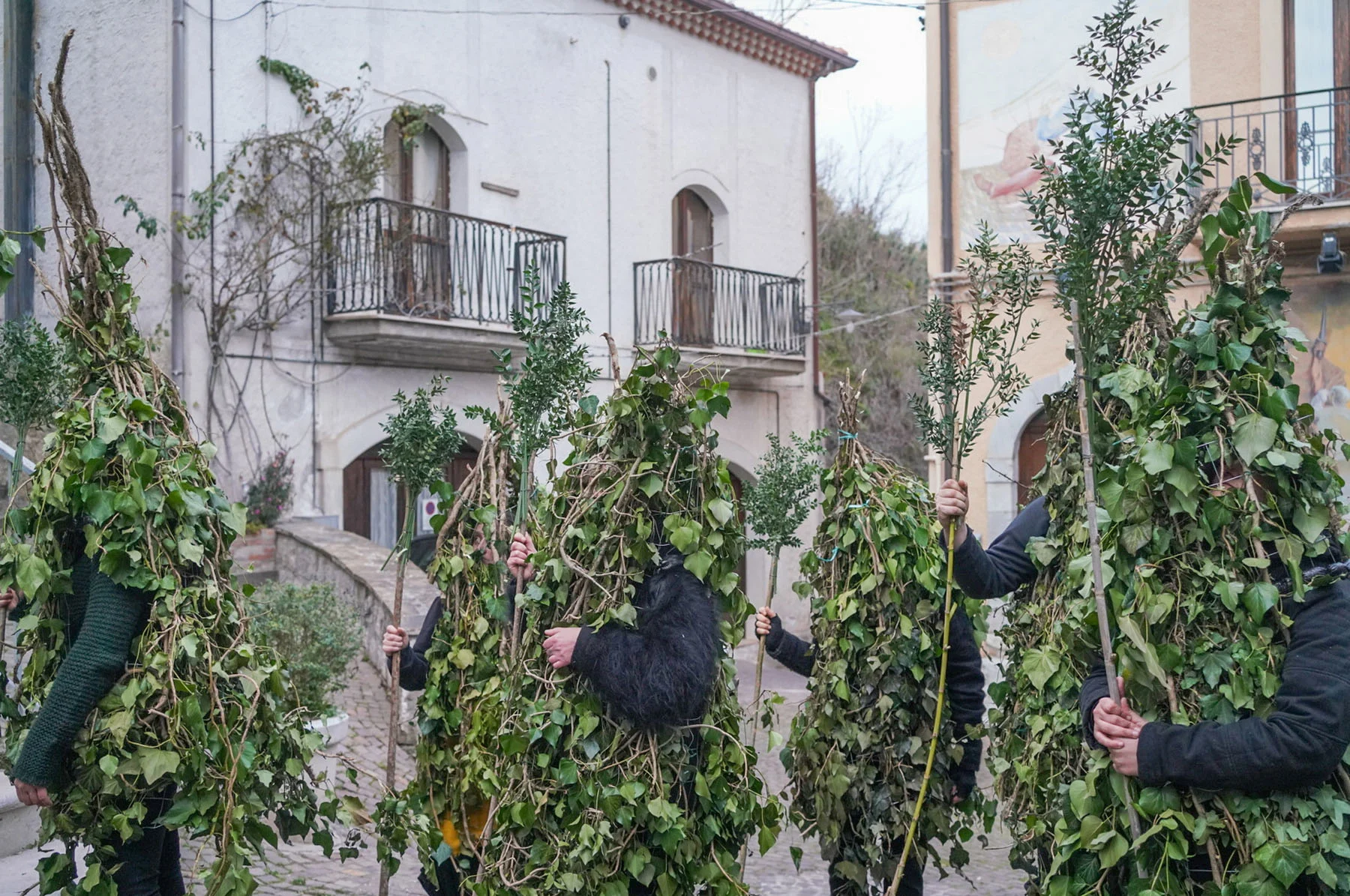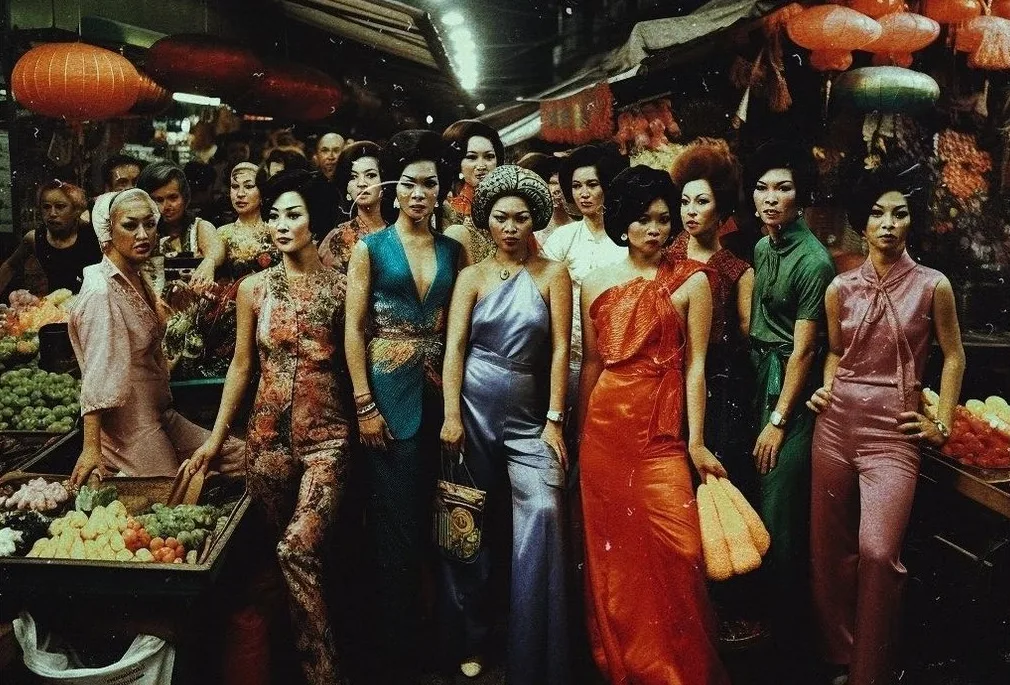
Kelly Yu’s fictional documentary, “Endling,” introduces us to Pao Pao, the last goldfish on Earth and Richard, the man tasked with taking care of it. In Yu’s imagined world, while the rest of society don’t seem too bothered about the looming extinction of this tiny fish, Richard sees the beauty in it, dedicating his days to protecting it. Here, Joe Zadeh explores how and why Yu shot the film in the style of a documentary, the line between fantasy and reality, and why every living creature—great or small—should be valued and celebrated.
“Endling” is part of Indeed’s Rising Voices program, which discovers and invests in underrepresented voices, provides the resources and mentorship necessary for them to create short films and helps bring their stories to the masses.
Kelly Yu’s short film, “Endling,” tells the story of an elderly Chinese man called Richard whose job it is to care for the last goldfish on Earth, Pao Pao. Via a montage of news clippings, we’re told that all the goldfish died from stress, and that most people aren’t too concerned about it. “Let me hit you with this,” says a man interviewed on the news, “why should we spend our good American tax dollars on these useless oriental fish? Maybe they should all just die.”
While Pao Pao swims peacefully in her tank in the center of a blue room with clouds painted on the walls, Richard monitors every aspect of her health and wellbeing via an array of sensors—he even shares his lunch breaks and meditates with her. “I loved the idea of this one person seeing the beauty in the smallest thing, even when the rest of the world has moved on or forgotten it,” Yu tells me when we chat over Zoom.
I loved the idea of this one person seeing the beauty in the smallest thing, even when the rest of the world has moved on or forgotten it.
Of course, goldfish are not actually going extinct—there are more than 100 varieties in the world today. But that’s part of the charm of this visually absorbing and thought-provoking film, which plays on the boundaries of truth and fantasy by telling a completely fictional story using the rigid styles, rules and methods of a documentary.
Yu is a Swedish-born, New Orleans-raised, Chinese-American writer and director who thrives on telling grounded human stories with lightly sprinkled absurdities. Her debut short film, “Plum Town,” won the Grand Jury Award at Boston Independent Film Festival in 2022, and “Endling” has qualified to be considered for this year’s Academy Awards. “The story of ‘Endling’ might not be real,” says Yu, “but endlings are a very real thing.”


An achingly bittersweet word, it is used to describe the last known survivor of an endangered species, for whom there is no mate and no chance of repopulation. It applied to Toughie (d. 2016) the last of the fringe-limbed tree frogs, George (d. 2019) the final Oahu tree snail, and Booming Ben (d. 1932) the last heath hen. All watched over by human caretakers of loving grace, the death of these animals has marked the ultimate extinction of their kind, a dead end on the tree of life. “To be an endling custodian must be one of the most beautiful and tragic jobs in the world,” says Yu.
I ask her why she chose the goldfish specifically. “I’ve always been drawn to juxtaposition in my films. I wanted to choose a creature that seemed mundane or uninteresting yet represented so much,” she says. “The goldfish is seen as an ornamental pet; its meat can’t be eaten, it doesn’t contribute much to the ecosystem. In fact, in the conservation world they are seen quite negatively, as they have the potential to become an invasive species when they are released into the wild, usually via someone flushing them down the toilet. But the goldfish is also an important symbol in many different cultures. In China, we have a proverb about the carp that jumped over the dragon gate and became a golden dragon, essentially a goldfish. It’s used whenever someone achieves the impossible or overcomes incredible odds.”
Shot in the style of a real-life documentary, our brain starts consuming it as one, allowing it to pluck emotional strings that pure fiction would struggle to reach in such a short run time. “I always knew I wanted to shoot it as a documentary, and present it in a real and honest way, while at the same time building a little fantastical world,” says Yu. As a result, many of the shots are wide angle and static, giving the footage a sense of chance and opportunism.
“The staticness came from discussions about what documentary filmmakers would actually do,” she explains. “With a small crew in an intimate environment, you wouldn’t have a big team to shoot coverage [extra angles, close-ups, etc]. You would essentially follow this person around. So we shot as if Richard had graciously allowed us to enter his workplace, and we didn’t want to disturb him. We basically started to act like a fake documentary crew. It’s a very different way of filming things, because normally you’d think of all the different places you can place the camera and move the camera. But we just did one or two shots for each scene. I think this visual language tells the viewer: take a stance, take it all in, what is your perspective to what you’re seeing?”

As the film gently unpacks Richard’s connection to the fish and why being its caretaker means so much to him, we’re provoked into considerations about how we value things in the world. Marvelous tracking shots of the fish tracing circles through water bathed in glowing light, its iridescent yellow-orange scales shimmering like diamonds, force you to look twice at this curious and wondrous living thing. It may not have the ecosystemic importance of the bumblebee, or the charismatic power of the elephant, but is there not still something inherently valuable about its existence? Something almost ineffable about the miraculous creativity of evolutionary life, and therefore something worth grieving for?
“I look at Pao Pao,” says Richard, during one of his misty-eyed interviews, “she does not care about rules or that the world says she is useless. She is so brave. She is so beautiful.”

